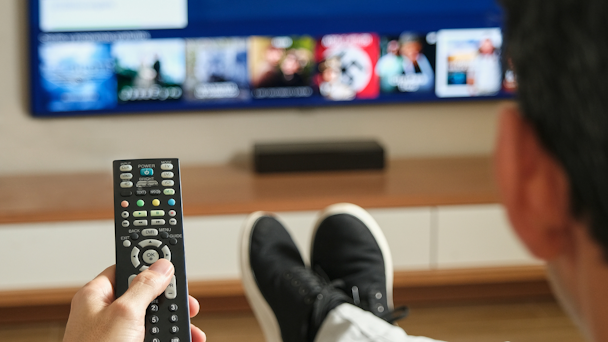Cannes Lions 2022 shone a light on these 5 video advertising priorities
As consumer habits, privacy changes, media measurement standards and technological changes collectively disrupt the TV and video advertising ecosystem, the industry needs to get a few priorities straight, argues FreeWheel general manager Mark McKee.

/ Adobe Stock
This year, the Cannes Lions International Festival of Creativity was like no other. Yes, it was the first Cannes since the onset of Covid-19 in 2020. And for buyers and sellers of premium video advertising, this meant it was also the first time the industry had gathered en masse since a myriad of changes transformed the video landscape.
Here are the top takeaways concerning video advertising from Cannes to help the industry navigate the fast-moving currents ahead.
1. Think like the consumer
Despite countless discussions around the merits of linear versus connected, versus streaming, versus free ad-supported TV, subscription video on-demand or ad-supported video on-demand, the conclusion is clear: the consumer doesn’t care. To the viewer, sitting back to watch their favorite content at the time of their choosing, on the screen of their choosing, is all that matters. This reality highlights the need for unification of advertising across screens and platforms.
Plus, by thinking like a consumer, the industry remembers to put the viewing experience first — prioritizing relevancy, frequency and quantity. Putting the consumer foremost in the industry’s consciousness also reinforces the need to balance the use of insights to drive relevancy, while respecting the boundaries of personal privacy.
2. Aggregation will drive precision
This may seem paradoxical. However, to achieve the relevancy that consumers want and the efficiency that advertisers demand, the industry needs a large enough pool of inventory to deliver the right audiences at scale. This type of aggregation requires treating all premium video viewing as relevant — regardless of how or where it is viewed. And in most instances, it now means aggregation of impressions across distribution channels and media companies, and a switch from buying content to buying audiences.
3. Unified measurement is a key industry need
If there is one hindrance to unification that was made utterly clear at Cannes, it’s media measurement. As viewing fragments across platforms and endpoints, both legacy measurement providers and new entrants to the space struggle to capture key metrics via a single, unified source. Unified cross-channel measurement should be a top industry priority, as it will allow advertisers to understand which parts of their video campaigns are performing best and control for cross-platform reach and frequency. The effective scaling of unified planning and buying hinges on the establishment of better measurement frameworks.
4. It’s time to simplify things
Buyers want to reach distinct audiences at scale; it’s the industry’s job to make it easier for them to do it. One part of the drive toward greater simplicity involves measurement — the ability to deliver unified results, as mentioned above, that show the bottom-line value of a multi-platform campaign.
Another key to simplicity is the kind of technological interoperability that enables seamless execution of campaigns across media partners and platforms. Finally, advancements in technology that empower sellers to optimize yield holistically across all platforms and sales channels will drive progress toward aggregated, scalable solutions.
5. Connectivity is key
Cannes puts creativity in the spotlight; but this year, the festival was just as much about celebrating connectivity. There was a focus on connecting linear and digital television; programmatic and direct; buyers and sellers; IDs, streaming platforms and inventory sources.
Above all, Cannes this year was about reconnecting with clients and partners to advance the advertising industry. There was widespread acknowledgement that the ecosystem is too complex to go it alone as various players try to bring ease of execution and scale to the rapidly-changing premium video landscape.
In the end, those attending Cannes were cognizant of the challenges ahead — both within the TV media ecosystem and in the world at large. As it concerns the former, if the industry gets it right, the best era of television advertising is still ahead. The quality and engagement that TV has always been known for — coupled with scalable targeting within aggregated audiences — offers unparalleled opportunities for today’s advertisers.
Mark McKee is general manager at FreeWheel.